Mario Miscuglio
Batch Processing and Data Streaming Fourier-based Convolutional Neural Network Accelerator
Dec 23, 2021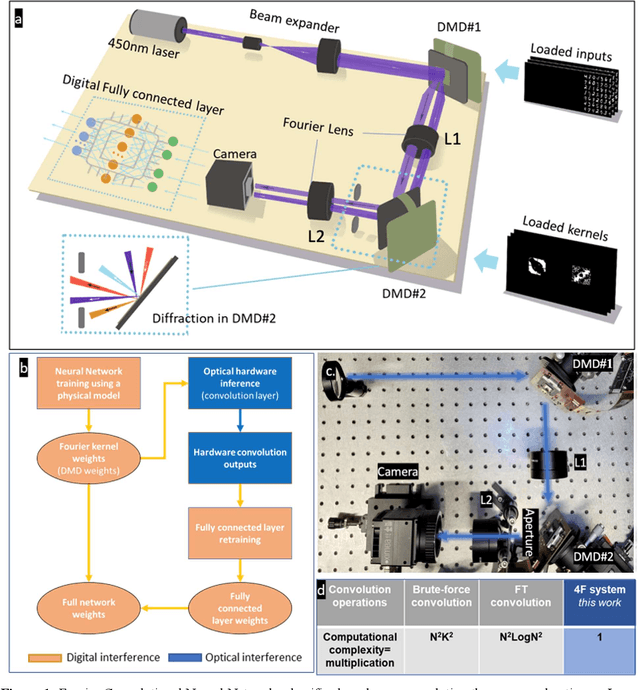

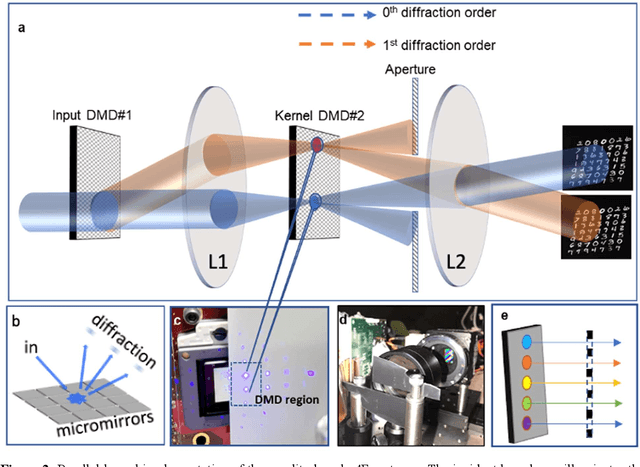
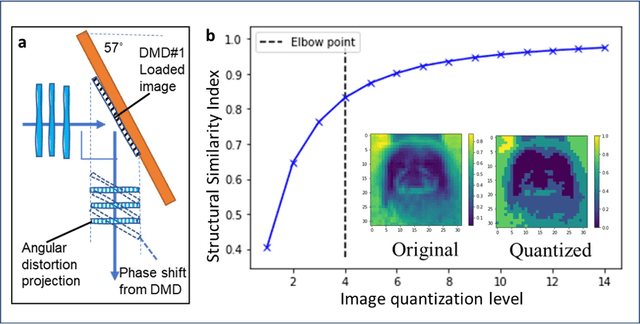
Abstract:Decision-making by artificial neural networks with minimal latency is paramount for numerous applications such as navigation, tracking, and real-time machine action systems. This requires the machine learning hardware to handle multidimensional data with a high throughput. Processing convolution operations being the major computational tool for data classification tasks, unfortunately, follows a challenging run-time complexity scaling law. However, implementing the convolution theorem homomorphically in a Fourier-optic display-light-processor enables a non-iterative O(1) runtime complexity for data inputs beyond 1,000 x 1,000 large matrices. Following this approach, here we demonstrate data streaming multi-kernel image batch-processing with a Fourier Convolutional Neural Network (FCNN) accelerator. We show image batch processing of large-scale matrices as passive 2-million dot-product multiplications performed by digital light-processing modules in the Fourier domain. In addition, we parallelize this optical FCNN system further by utilizing multiple spatio-parallel diffraction orders, thus achieving a 98-times throughput improvement over state-of-art FCNN accelerators. The comprehensive discussion of the practical challenges related to working on the edge of the system's capabilities highlights issues of crosstalk in the Fourier domain and resolution scaling laws. Accelerating convolutions by utilizing the massive parallelism in display technology brings forth a non-van Neuman-based machine learning acceleration.
Photonic tensor cores for machine learning
Feb 01, 2020



Abstract:With an ongoing trend in computing hardware towards increased heterogeneity, domain-specific co-processors are emerging as alternatives to centralized paradigms. The tensor core unit (TPU) has shown to outperform graphic process units by almost 3-orders of magnitude enabled by higher signal throughout and energy efficiency. In this context, photons bear a number of synergistic physical properties while phase-change materials allow for local nonvolatile mnemonic functionality in these emerging distributed non van-Neumann architectures. While several photonic neural network designs have been explored, a photonic TPU to perform matrix vector multiplication and summation is yet outstanding. Here we introduced an integrated photonics-based TPU by strategically utilizing a) photonic parallelism via wavelength division multiplexing, b) high 2 Peta-operations-per second throughputs enabled by 10s of picosecond-short delays from optoelectronics and compact photonic integrated circuitry, and c) zero power-consuming novel photonic multi-state memories based on phase-change materials featuring vanishing losses in the amorphous state. Combining these physical synergies of material, function, and system, we show that the performance of this 8-bit photonic TPU can be 2-3 orders higher compared to an electrical TPU whilst featuring similar chip areas. This work shows that photonic specialized processors have the potential to augment electronic systems and may perform exceptionally well in network-edge devices in the looming 5G networks and beyond.
A Winograd-based Integrated Photonics Accelerator for Convolutional Neural Networks
Jun 25, 2019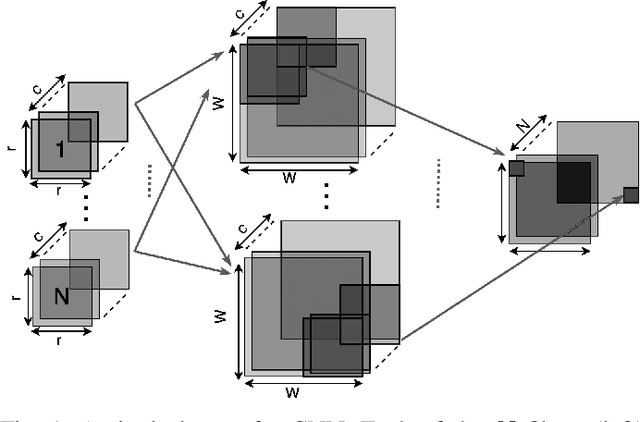
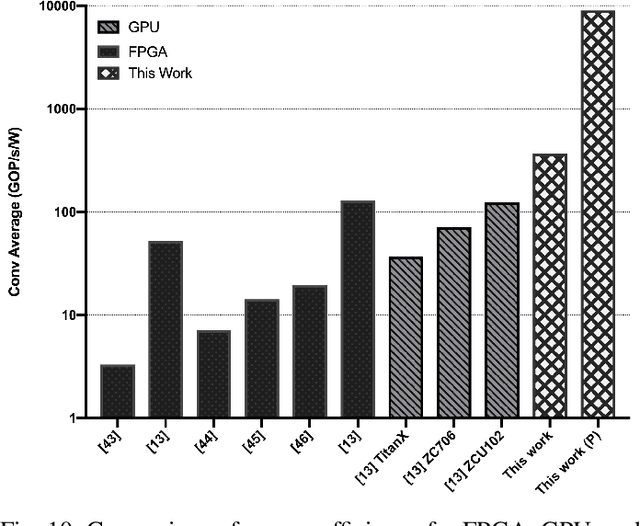
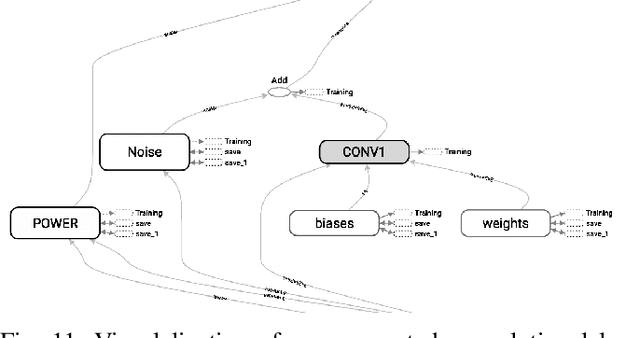
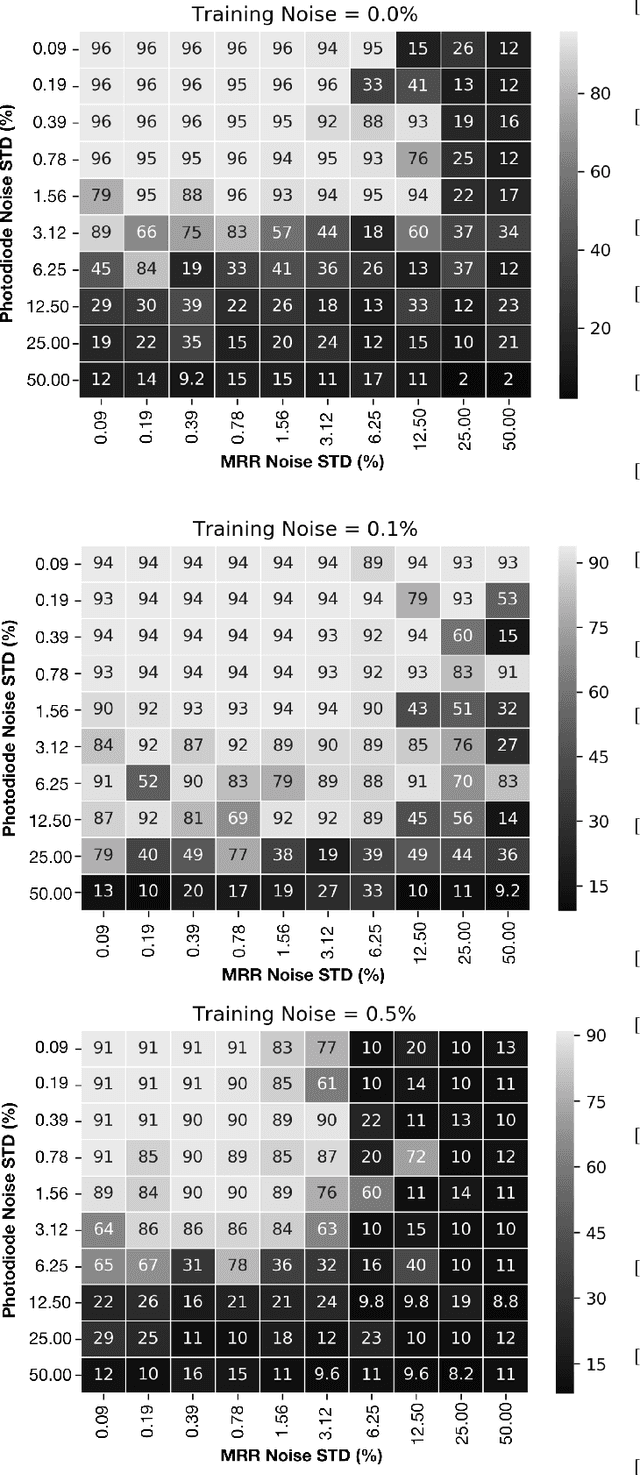
Abstract:Neural Networks (NNs) have become the mainstream technology in the artificial intelligence (AI) renaissance over the past decade. Among different types of neural networks, convolutional neural networks (CNNs) have been widely adopted as they have achieved leading results in many fields such as computer vision and speech recognition. This success in part is due to the widespread availability of capable underlying hardware platforms. Applications have always been a driving factor for design of such hardware architectures. Hardware specialization can expose us to novel architectural solutions, which can outperform general purpose computers for tasks at hand. Although different applications demand for different performance measures, they all share speed and energy efficiency as high priorities. Meanwhile, photonics processing has seen a resurgence due to its inherited high speed and low power nature. Here, we investigate the potential of using photonics in CNNs by proposing a CNN accelerator design based on Winograd filtering algorithm. Our evaluation results show that while a photonic accelerator can compete with current-state-of-the-art electronic platforms in terms of both speed and power, it has the potential to improve the energy efficiency by up to three orders of magnitude.
 Add to Chrome
Add to Chrome Add to Firefox
Add to Firefox Add to Edge
Add to Edge